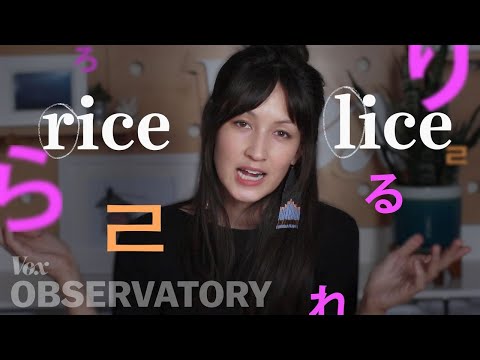Oh gosh. I don’t have time at the moment to read this entire thread but I love this. Linguistics was a part of my college major.
What is fascinating here is that some cultures hear a difference in the pronunciation while others don’t. The reality is that sounds, like color, are more of an analog (continuous) scale. As we age, our brains create a digital rubric (distinct cut-offs, like the continental divide) to define separate sounds.
A child hears every sound differently, which is why they may have trouble understanding two different people saying the same thing. My ‘D’ and your ‘D’ may have a few nanoseconds difference between the voicing and the alveolar stop, and to a child they are two different sounds. Just like they have to learn that a dalmatian and a newfoundland are both dogs, while a black bear is not, even though the newfoundland shares characteristics of both, they have to learn that my D and your D are the same thing, while the T is not.
A fascinating example of this is in Taiwanese/Hokkien, which my wife’s family speaks. So we English speakers have ‘D’ and ‘T’ on a spectrum. They have identical ingredients, an alveolar stop (or the silence and puff of air made with your tongue on the roof of your mouth) and voicing (the eeeee sound). For ‘D’, the voicing begins simultaneously or even precedes the stop. For ‘T’, there is a pause between the Stop and the voicing. Now, these two elements can be positioned anywhere in relation to each other. For whatever reason, we English speakers have settled on roughly 7 nanoseconds as the cut-off. If there is 6 nanoseconds between the Stop and the Voicing, we will hear a D. If there is 8, we will hear a T.
Taiwanese Hokkien has three consonants on this same spectrum. So from maybe 0-4 ns is the ‘D’ (in the Romanized alphabet), 4-10ns or so is T, which we don’t have, and 10+ ns is written Th, and it’s like a harshly pronounced T to English ears. That middle consonant is an absolute killer for an English speaker trying to listen to Hokkien because it unpredictably sounds like one or the other and never its own thing.
Anyway, bottom line, is that kids can hear every minute difference but as you grow up, in the languages you speak, you draw bright lines and you can no longer differentiate between sounds that fall within shared boundaries. This is helpful when speaking to different people inside your own language. It is also what makes it hard for people to understand unfamiliar accents or learn languages with different boundaries.
I appreciate Ben’s opening definitions. It helps me know what I am aiming for. (I’ve definitely been saying muh-TIE-nigh). But I also have some delight when we can’t tell the difference between me saying muh-TIE-nigh and a Japanese speaker saying muh ’ ta-ee-na-ee.
I have a little experience with the glottal stop (yes, that’s the right term) due to my exposure to Hokkien. Also the hidden double syllable (Taiwanese for “water” is tsui, and the u-i is somewhere between what we would call a single and double syllable, I had to practice for a week before they said I was intelligible). It’s kind of like a zen thing, I have to hold tsoo-ee and swee both in my head and then shut brain function off and aim for the middle.
I guess I’m just enjoying this discussion and the overlay of reality with academics. For anyone over about 10 years old, you’ll have to listen and practice to hear these distinctions in vowels and timing and then practice more to reproduce. It’s a little easier once you know what you are listening for. It has been both fun and frustrating for me on the Hokkien side of things.
